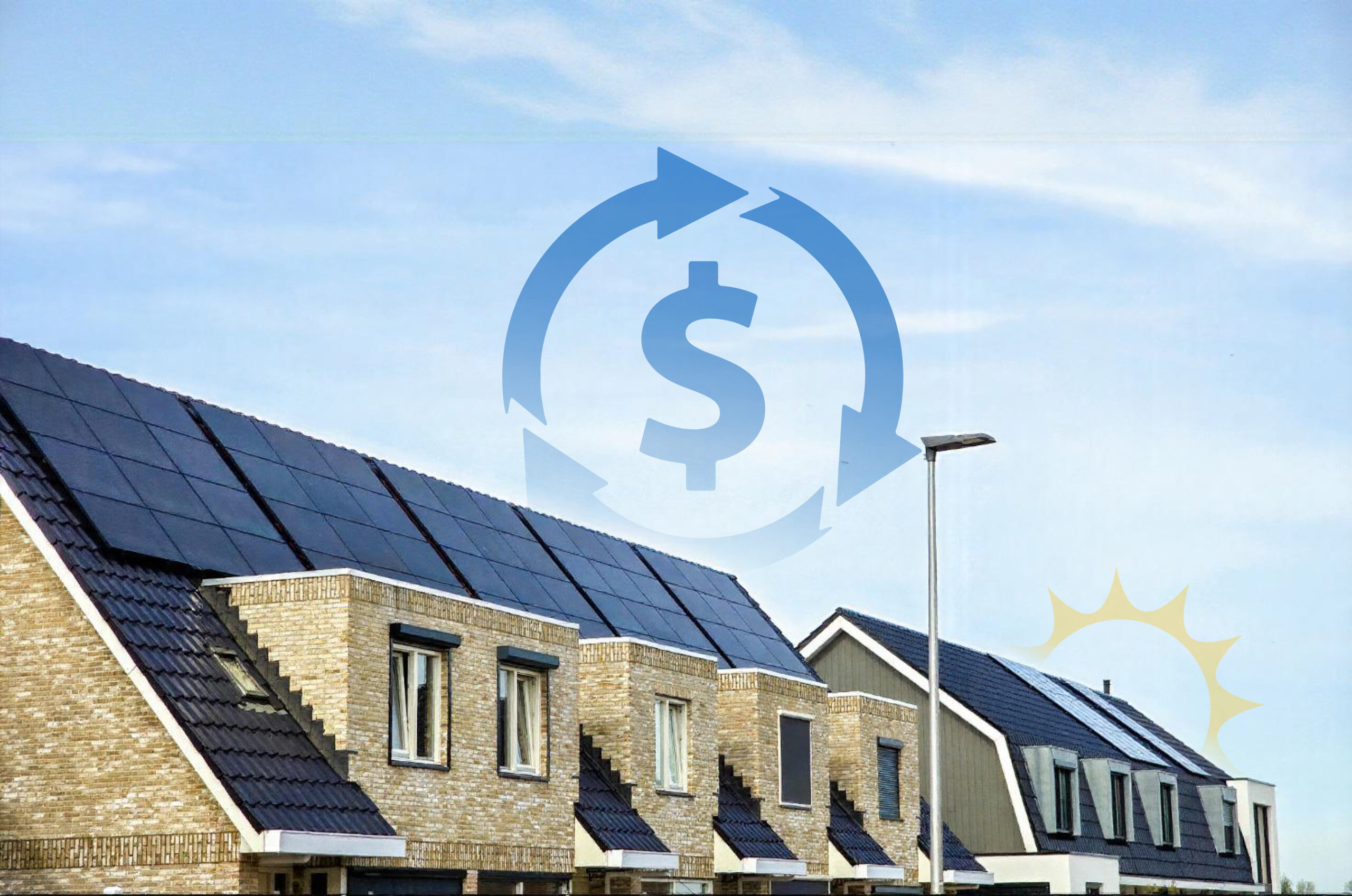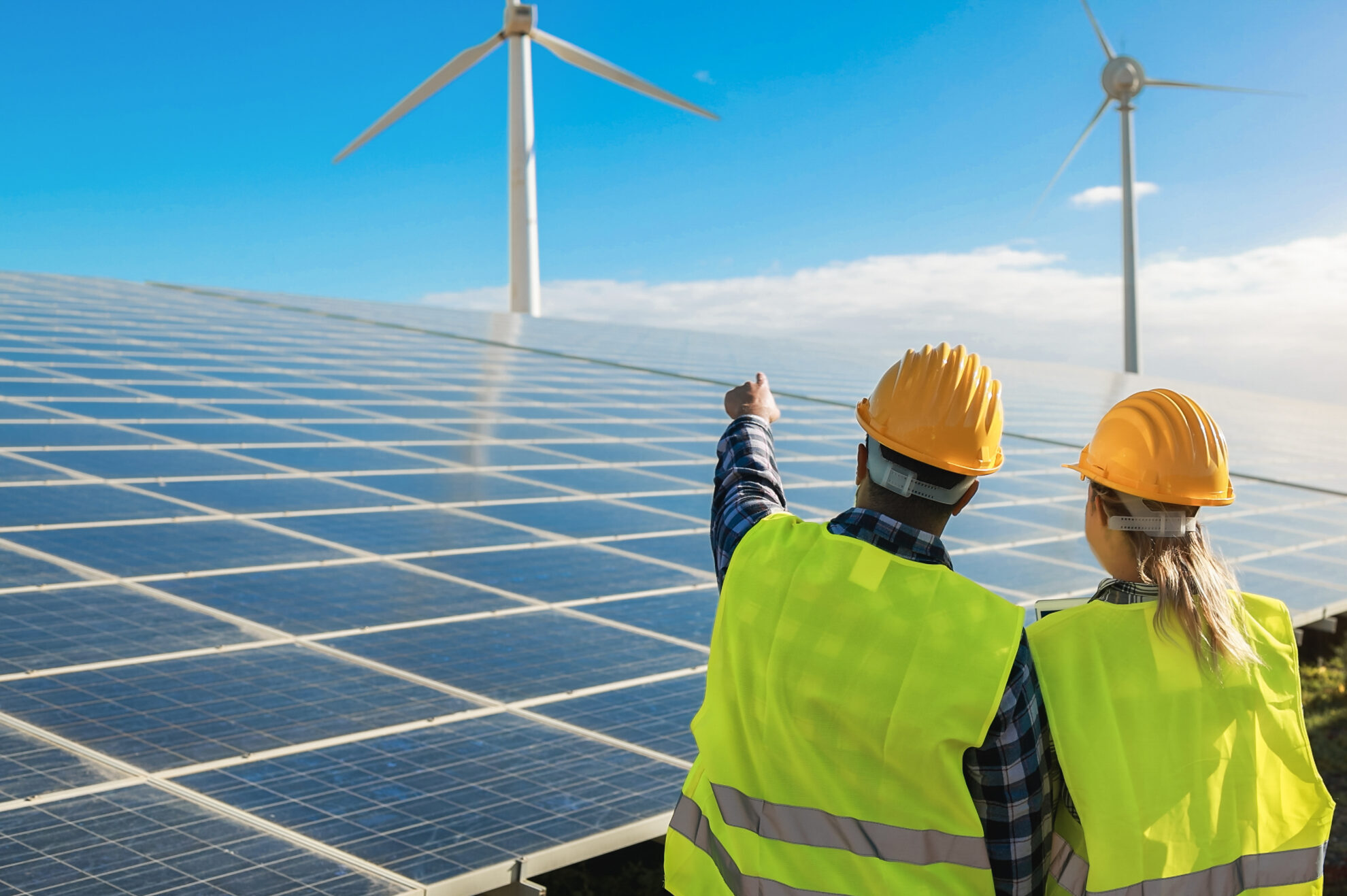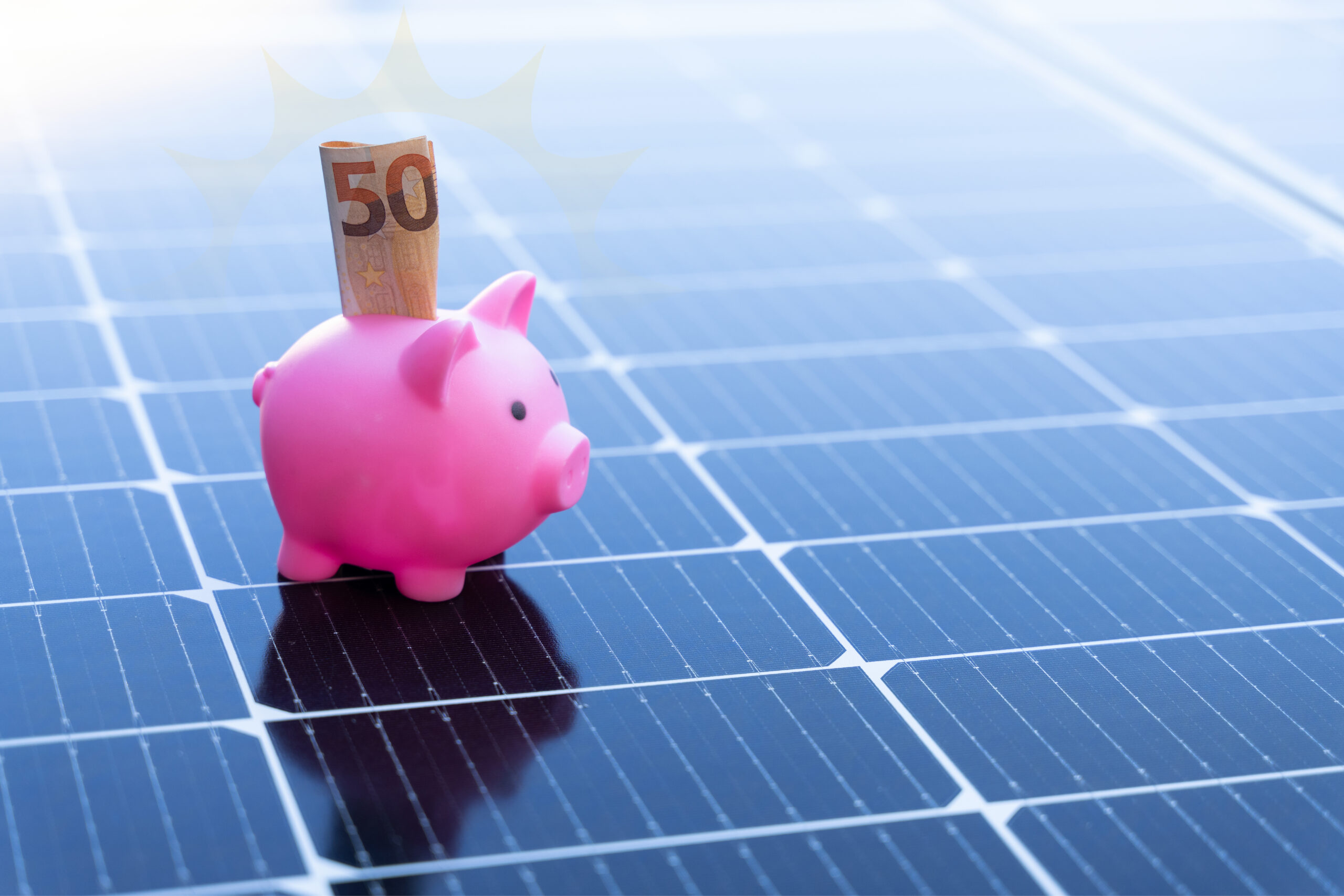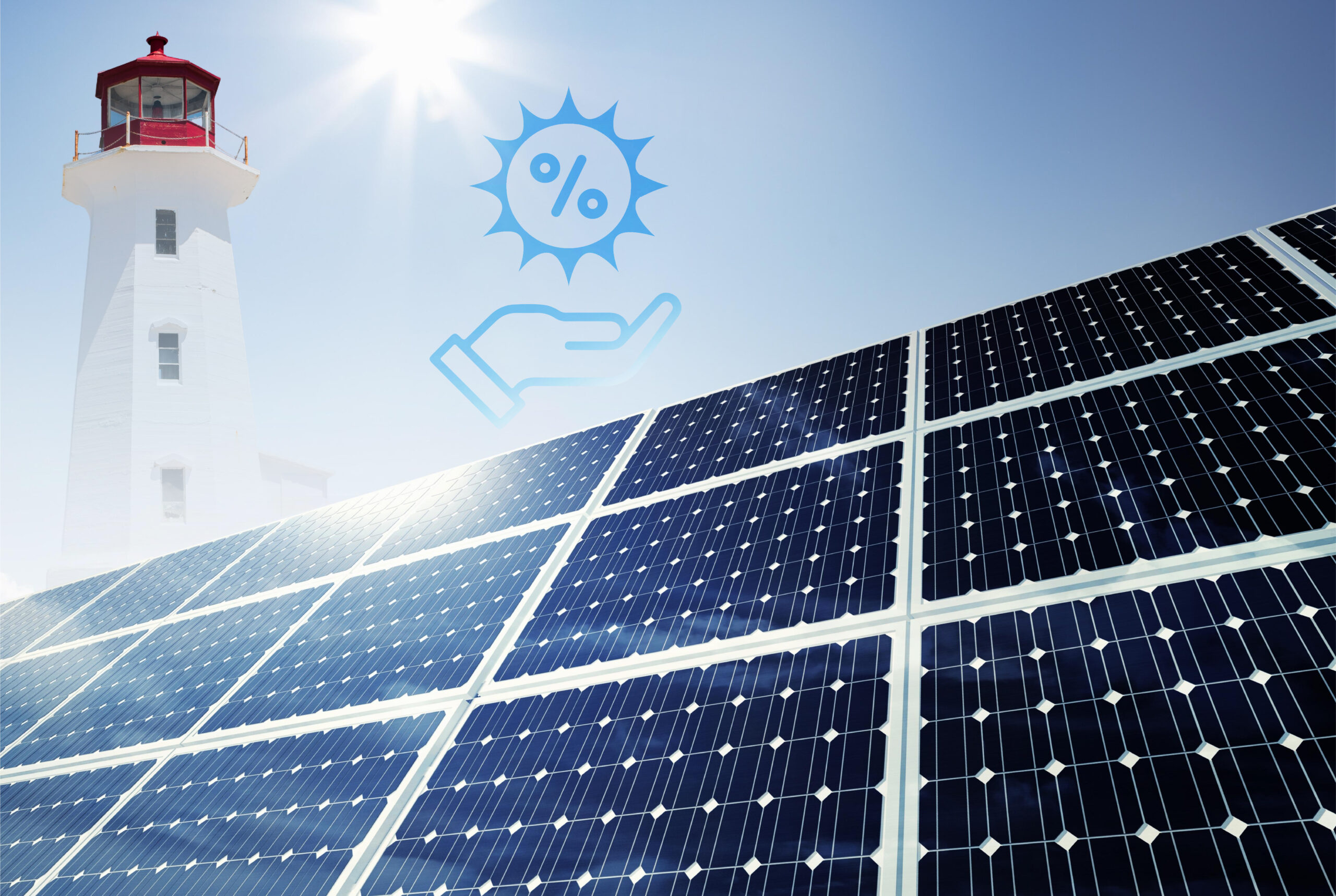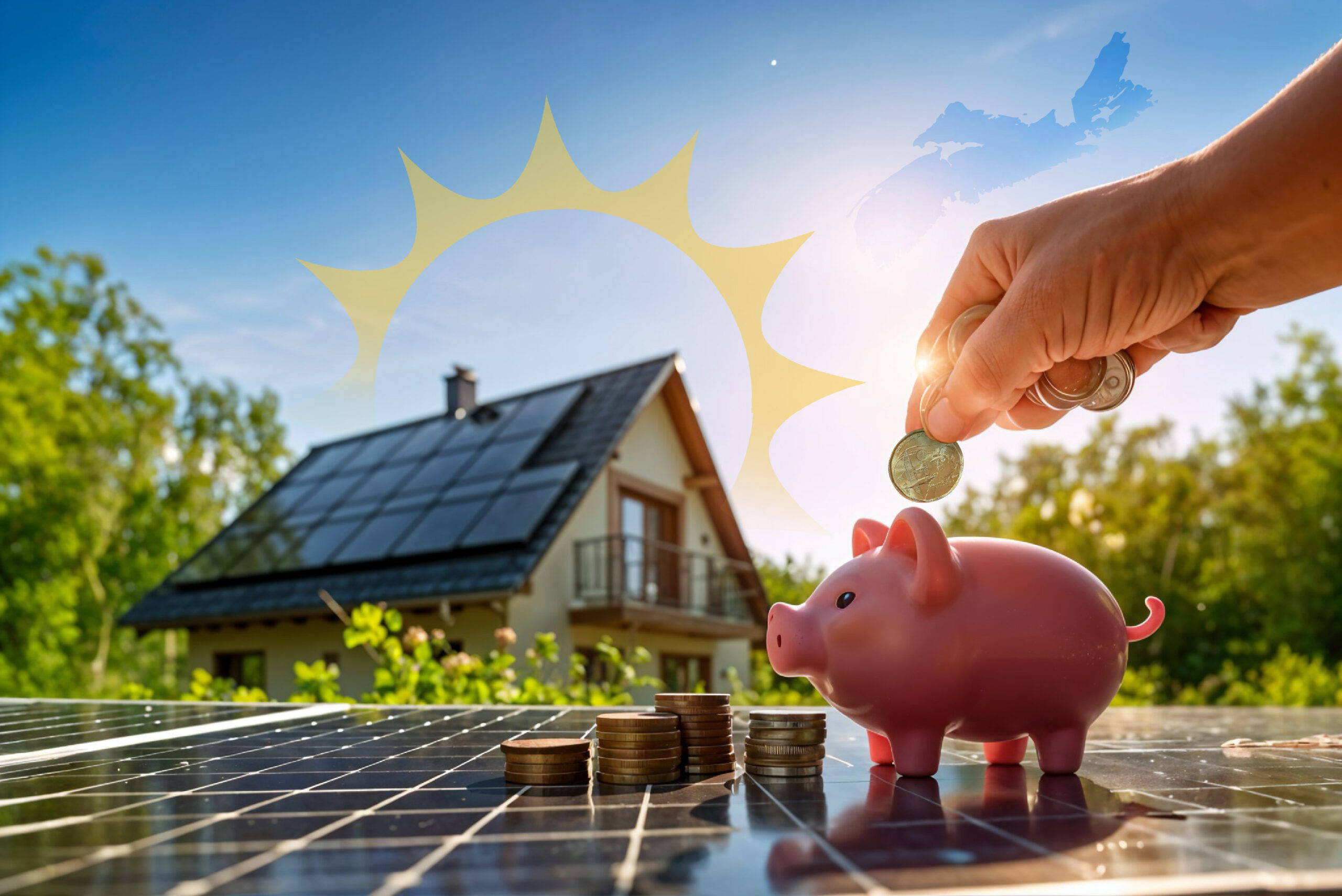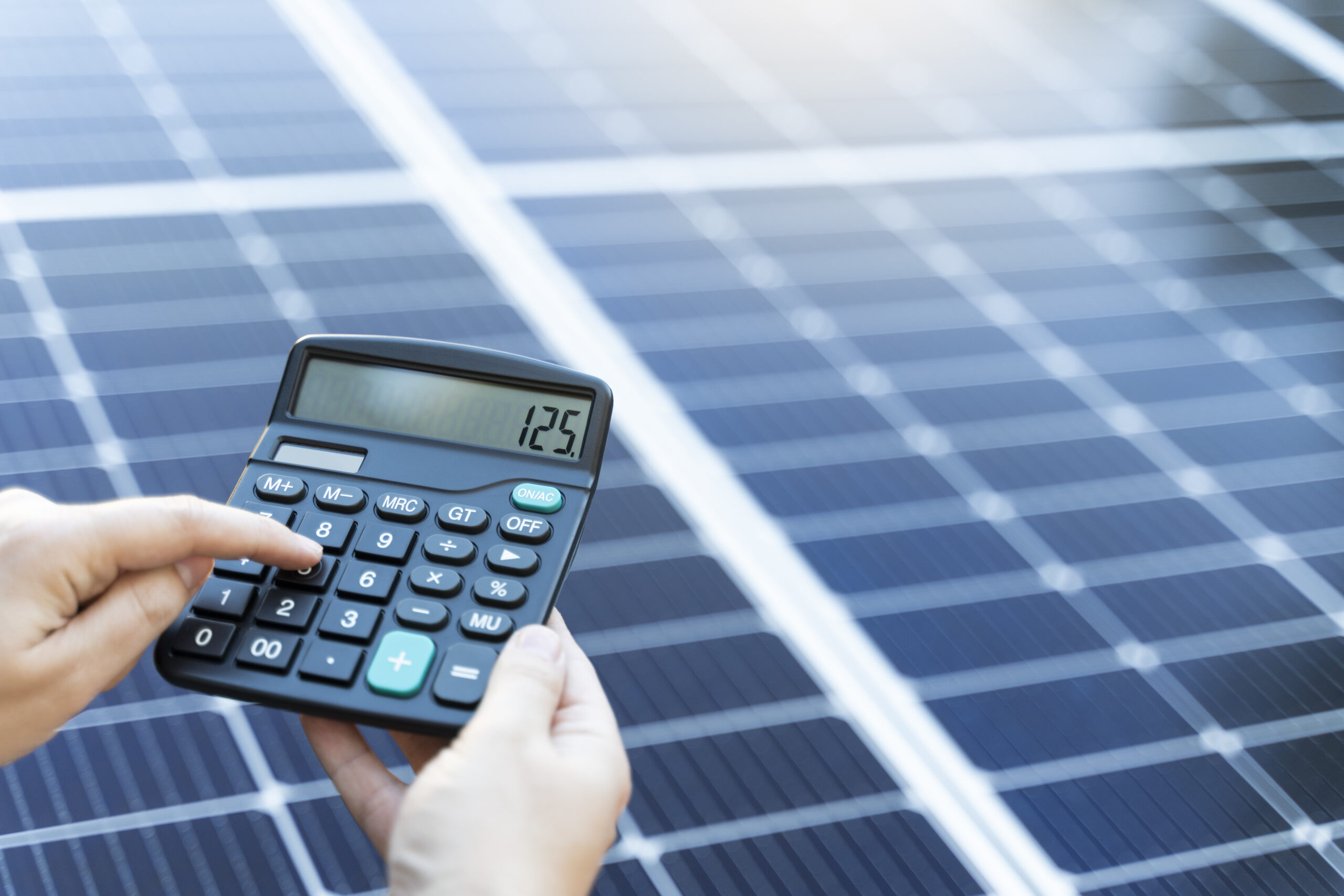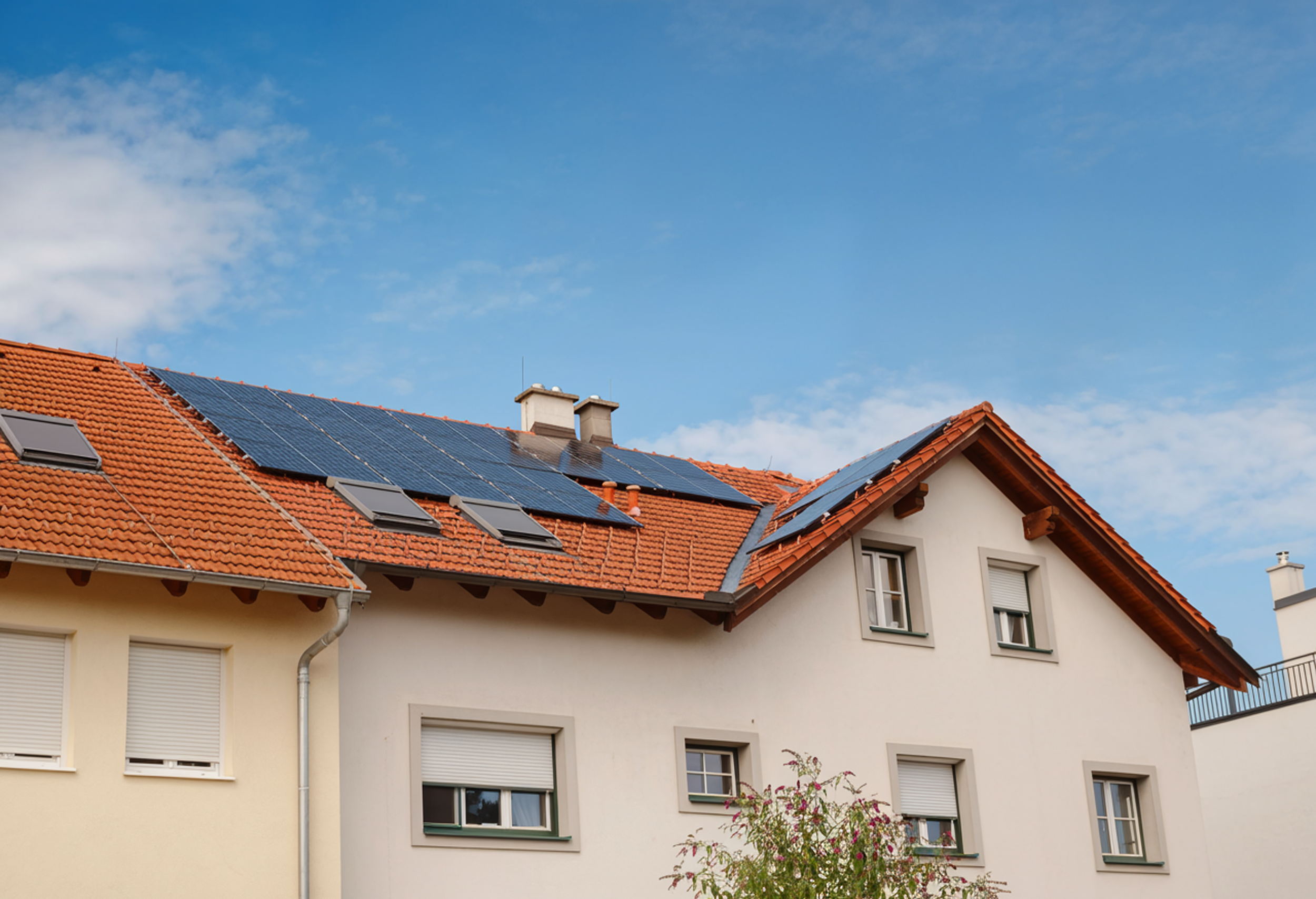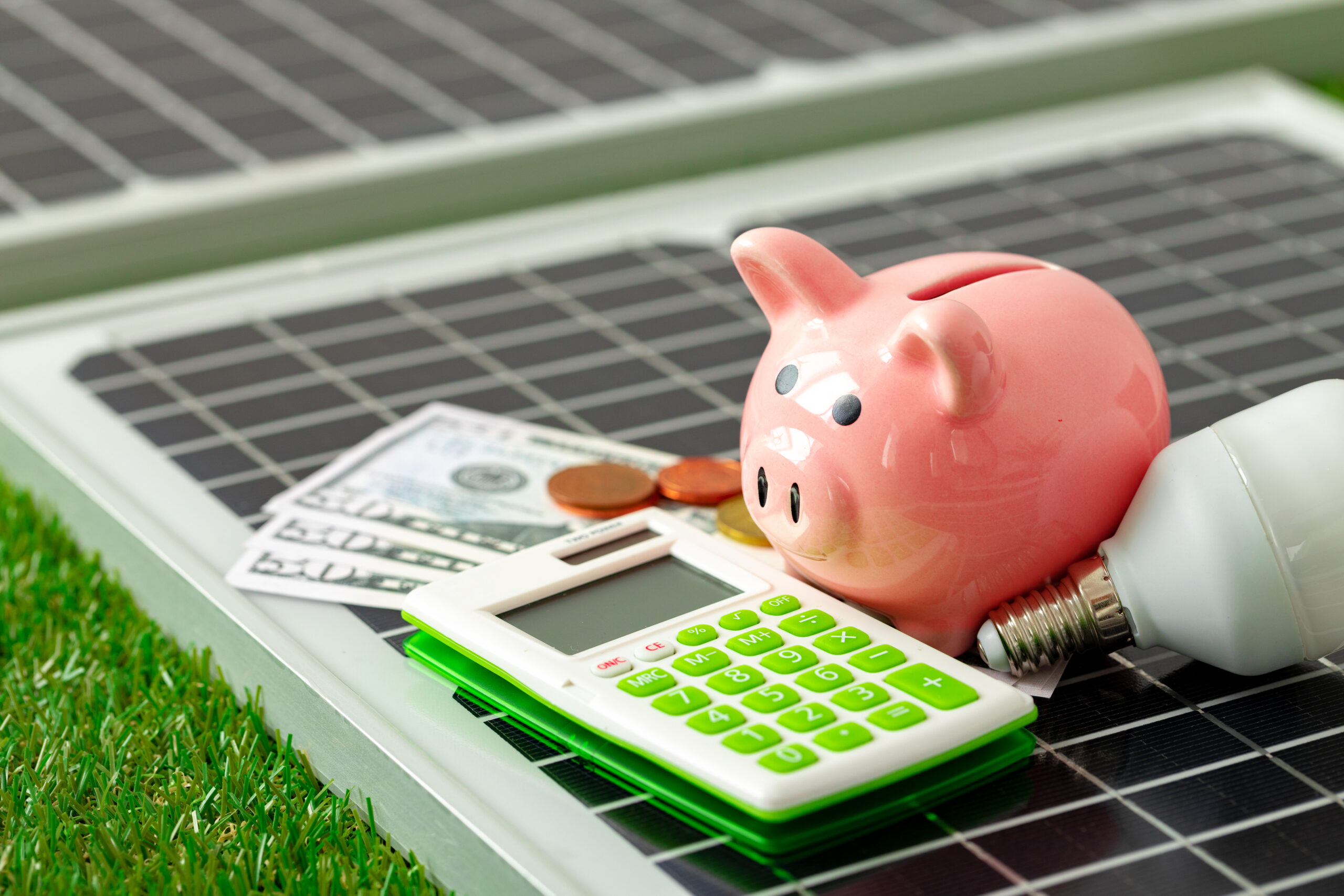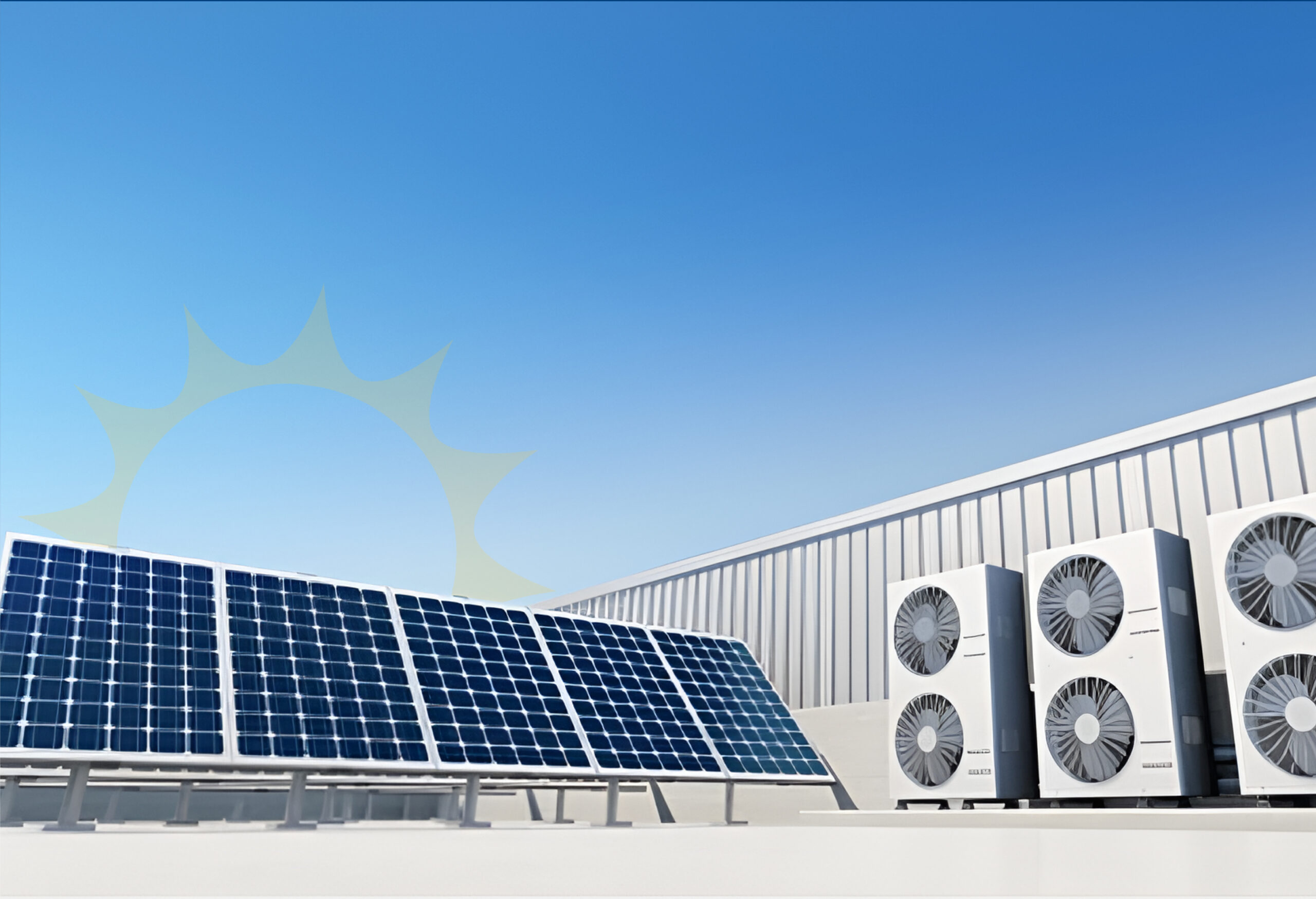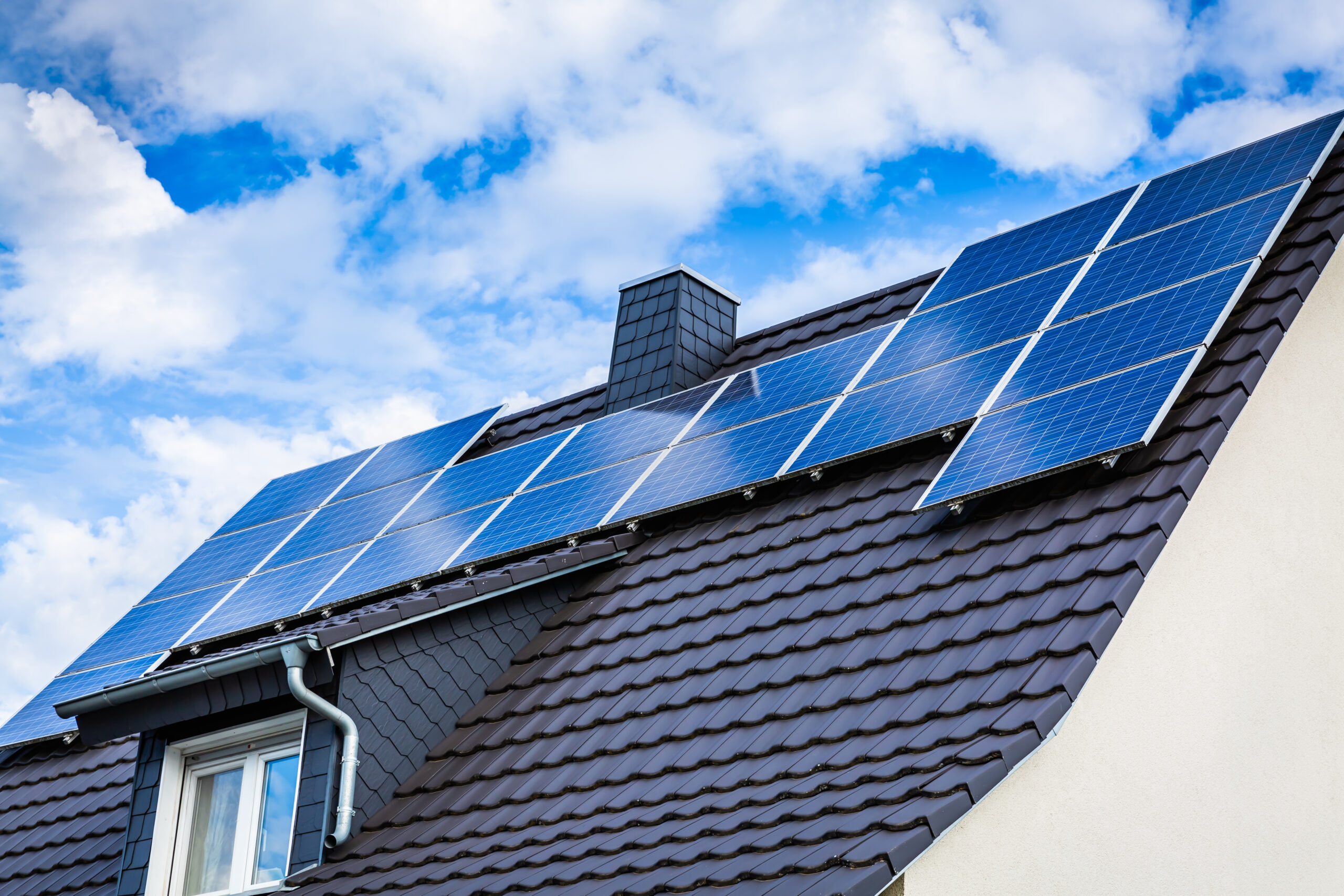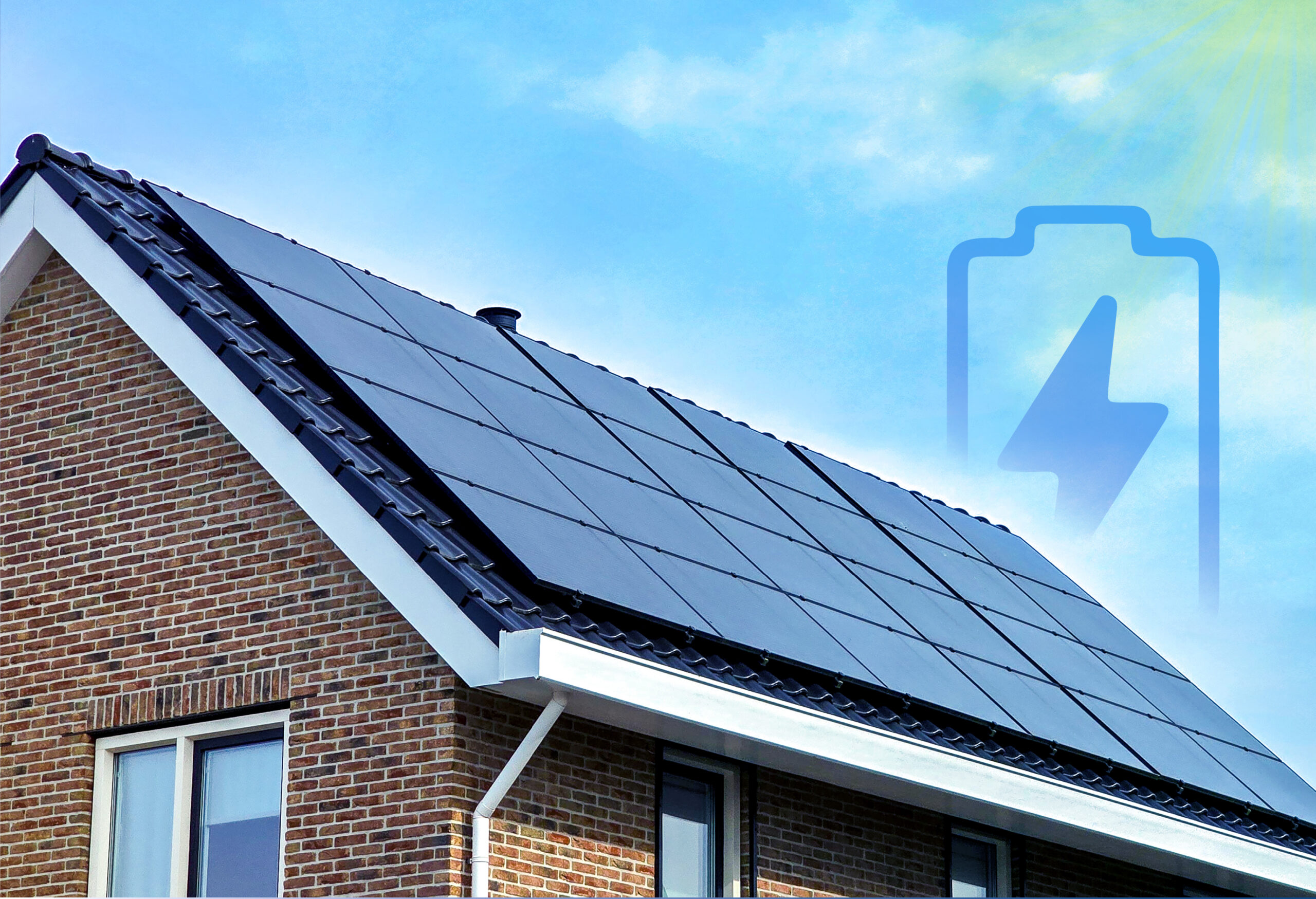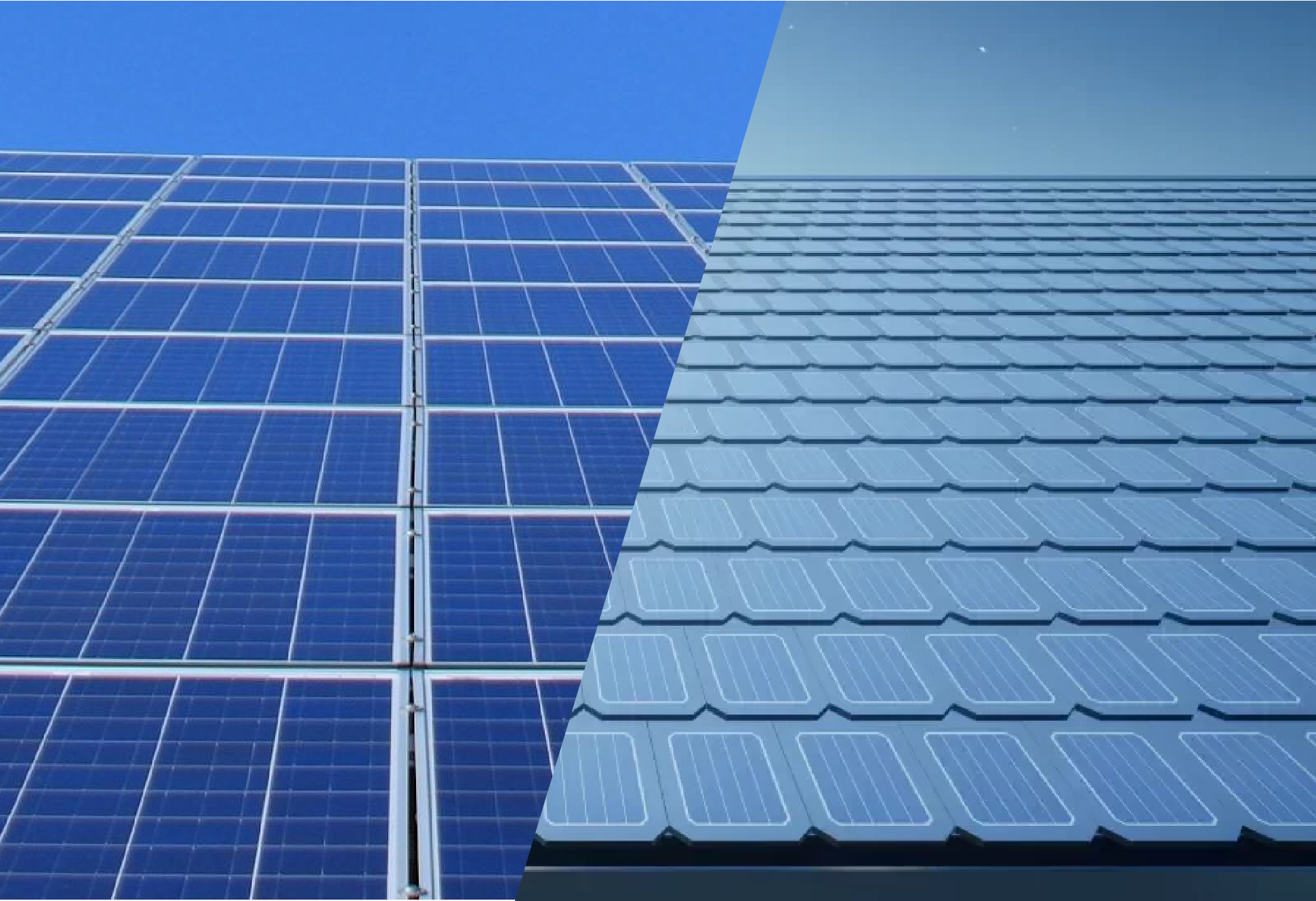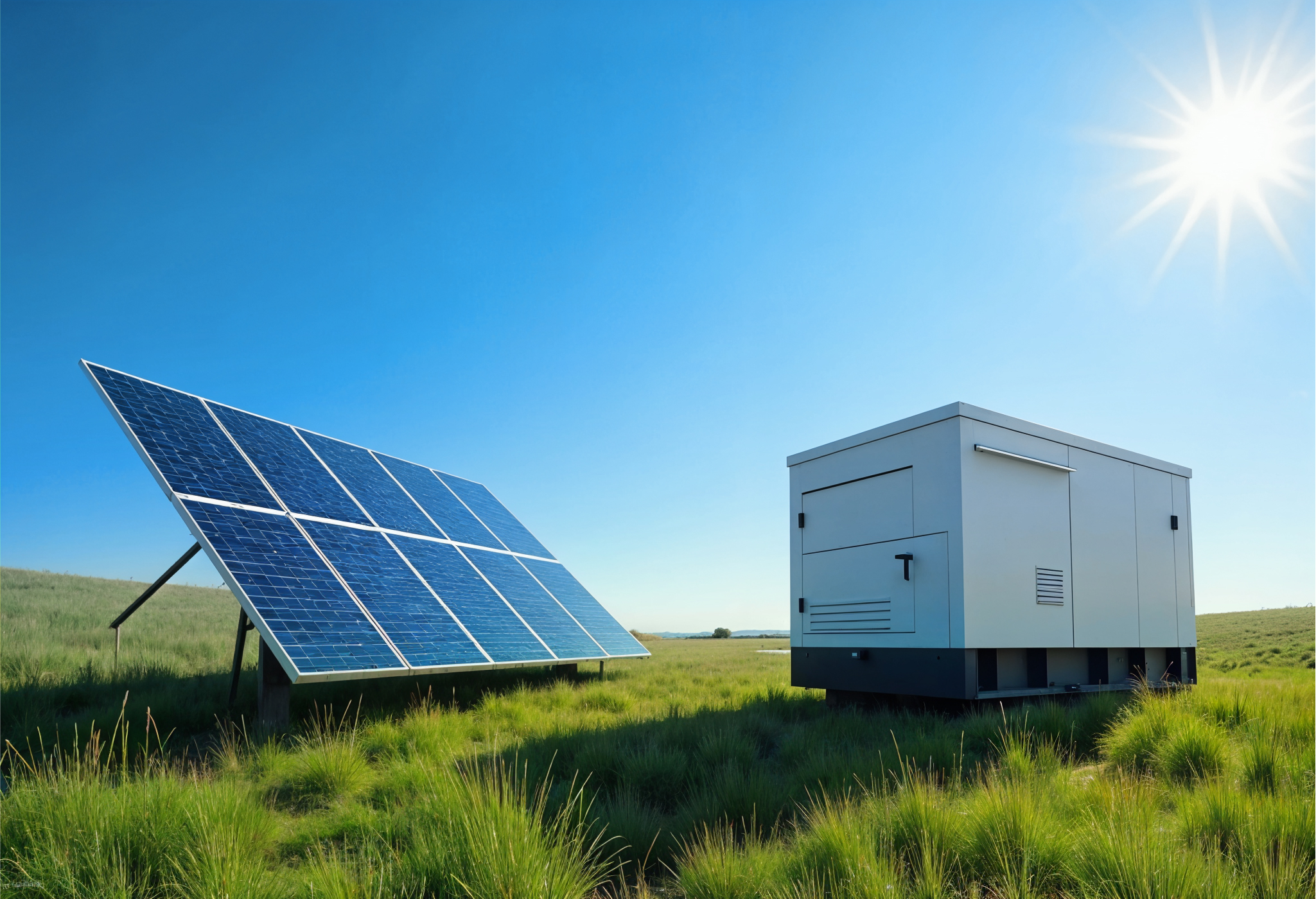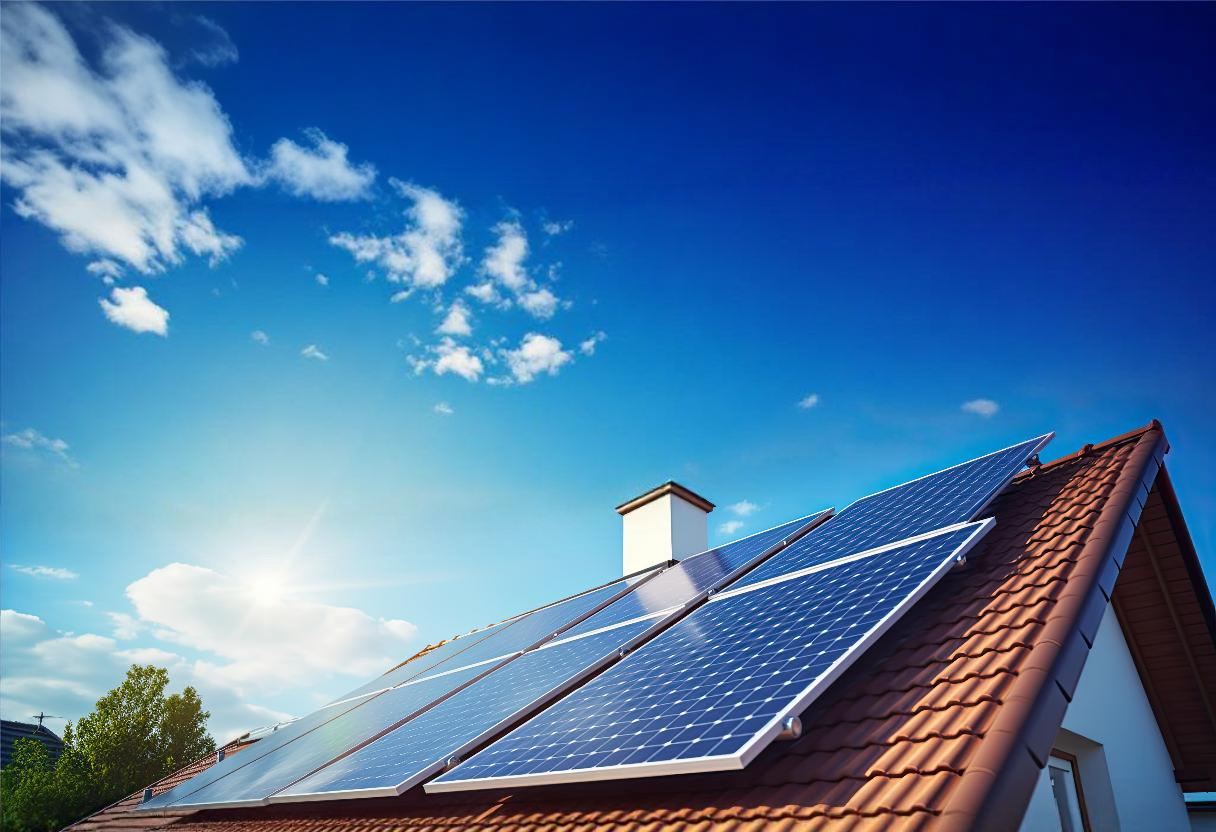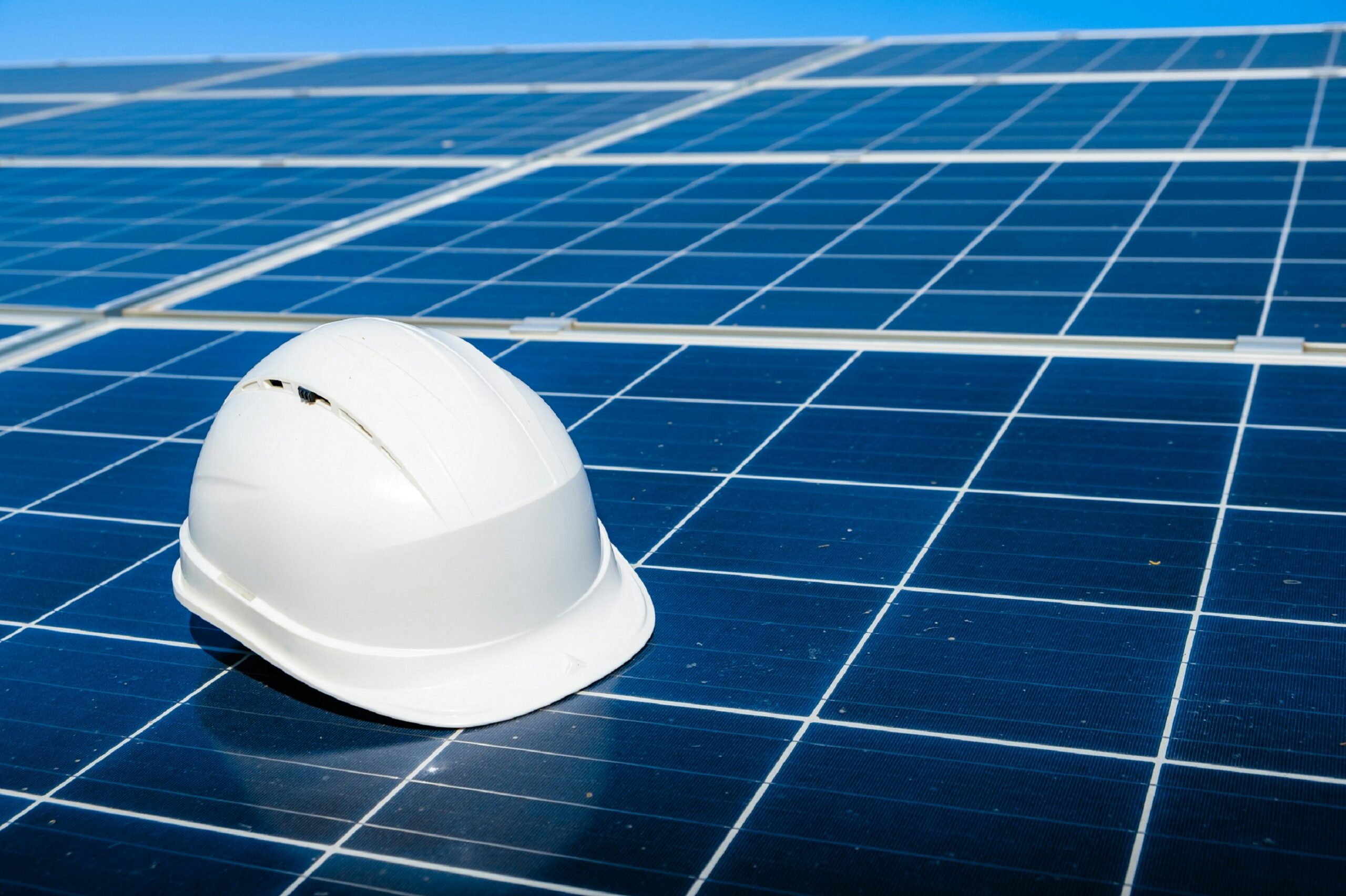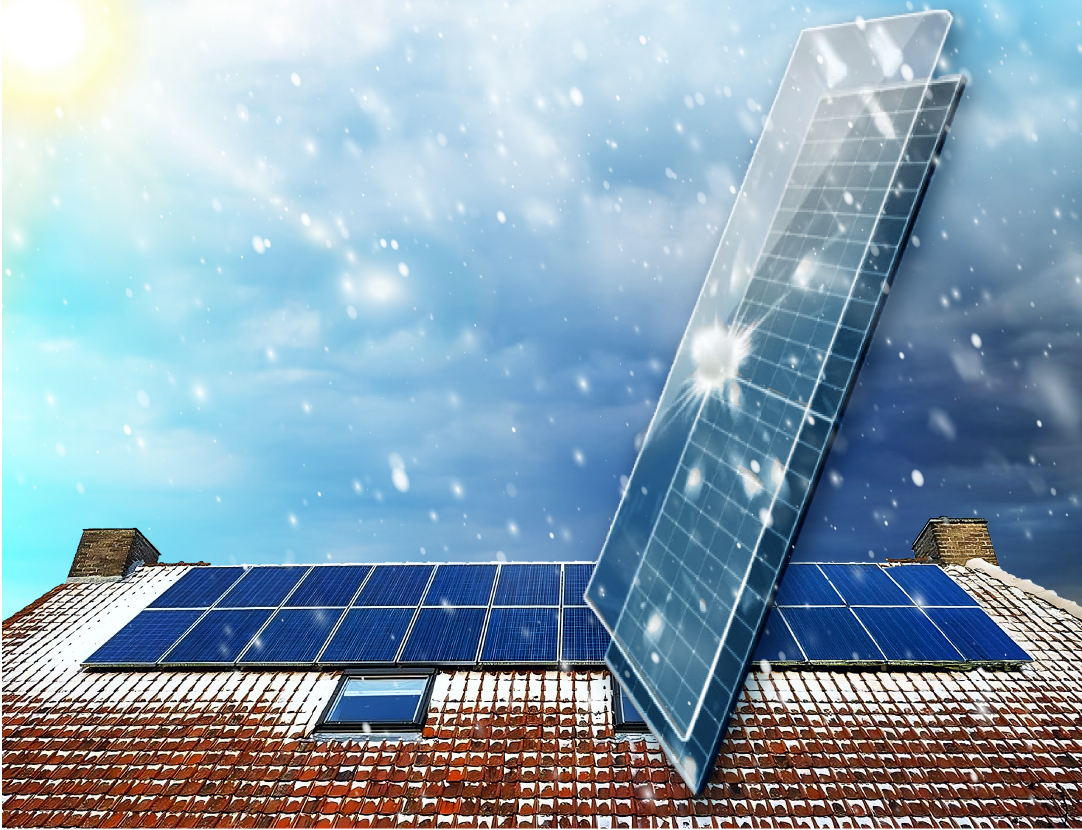Author: Mariela Guanchez
Many people ask, “Will solar genuinely cut my bills, or is it a lifestyle statement?” Spoiler: done right, it does both. Specifically, let’s unpack how much money you can save with solar panels in Nova Scotia—and why real-world savings often exceed people’s expectations.
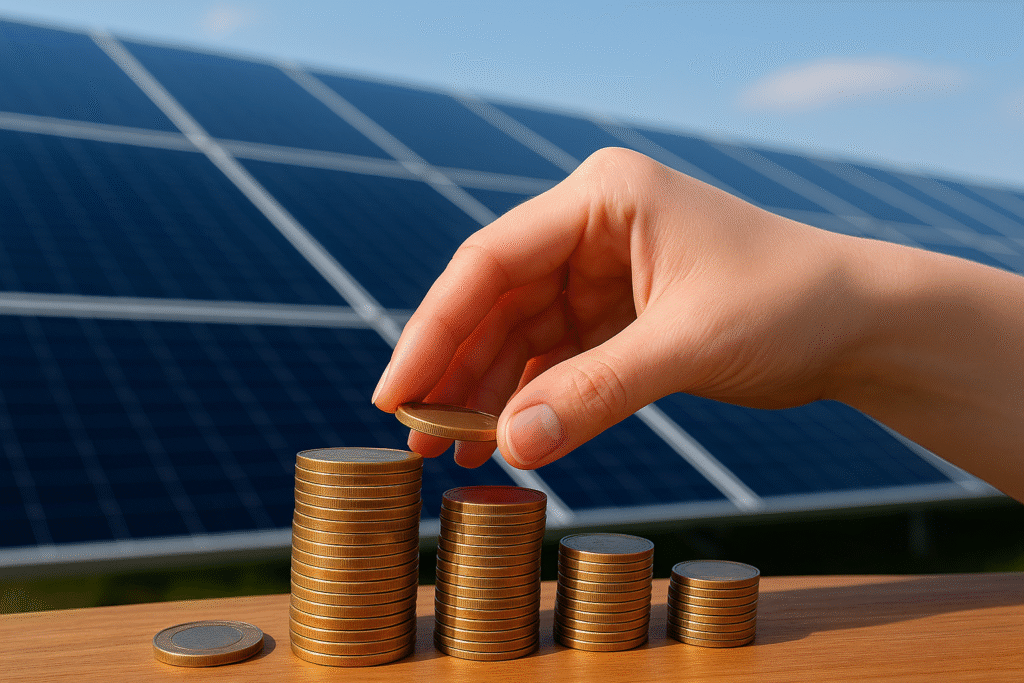
1 | Nova Scotia’s Power Landscape
Nova Scotia’s electricity rates aren’t the cheapest in Canada, and they’ve been creeping upward for years. That alone sets a nice stage for solar, because every kilowatt-hour you generate is one less you buy at climbing utility prices.
Key insight: As rates rise, each solar kilowatt becomes more valuable—therefore, early adopters lock in bigger lifetime gains.
2 | How Much Can Solar Save: Core Factors
- A) System size vs. consumption
For instance, if your home burns $2 000 of electricity yearly, a right-sized 7 kW array could offset $1 500—saving tens of thousands over 25 years.
- B) Net-metering magic
Net metering is basically the magic sauce. When your panels produce more power than you need during sunny hours, Nova Scotia Power gives you full credit. At night or on cloudy days, you draw from the grid, but those credits offset your usage.
- C) Incentives & financing
-
- The former SolarHomes $3 000 rebate ended Jan 2024.
- The Greener Homes 0 % Loan (up to $40 000) remains active and, importantly, slashes interest to zero.
- The former SolarHomes $3 000 rebate ended Jan 2024.
- Municipal PACE programs add low-rate backup financing.
(Need the full incentive list? See Discover the Best Solar Incentives in Nova Scotia.)
3 | Crunching a Realistic Example. How Much Can Solar Save
Imagine a 6 kW system at $22 000. Finance the total at 0 %: payment ≈ $190/month. Your old bill was $150; net-metering drops it to $25. Therefore, net cash flow = –$15/month year 1, flipping to +$125/month after the loan ends. Over 25 years, cumulative savings exceed $30 000—even without a provincial rebate.
(For deeper payback math, read Unlock Rapid Solar Payback in Nova Scotia.)
4 | Why Pick Atlantic Solar?
You might be wondering, Why can’t I just buy panels online and plop them on my roof? Two reasons:
- Expert Design: We measure your roof’s pitch, direction, average sunlight hours, and shading to ensure you get maximum output for your buck.
- Paperwork: We guide you through applying for net metering, and any local municipal incentives. This ensures you don’t miss out on free money or get bogged down in forms.
Plus, we’ll do a thorough cost-benefit analysis so you can see your potential monthly savings.
5 | Long-Game Benefits Beyond Year One
-
- Rate-hike hedge: Every 3 % utility increase lifts your annual savings.
- Property value bump: Solar homes list faster and, according to CMHC studies, fetch 3-4 % premiums.
- Rate-hike hedge: Every 3 % utility increase lifts your annual savings.
- Carbon win: Each Nova Scotian array avoids ≈ 1.1 tonnes CO₂ per year.
6 | Real Stories from Nova Scotia Roofs
Halifax Townhome (2020)
- 7 kW roof, net cost $18 000.
- Loan $120 vs old bill $155 → saves $35/month.
- Loan ends 2030; thereafter, bills ≈ $25 standby.
Rural Home + EV (Antigonish)
- 10 kW ground-mount.
- Financed $34 000 at 0 %.
- Saves $180/month from day one; break-even year 8.
Likewise, both households expect faster payback if rates keep rising. See more data in Real Cost of Solar Panels in Nova Scotia: 2025 Prices.
7 | Quick Wins to Boost Annual Savings & How Much Can Solar Save
- LED swap + smart plugs; accordingly, trim phantom loads 5 %.
- Install pre-June; therefore, bank summer credits before the first snowy bill.
- Size for 80–100 % offset; unlike oversizing, this hits payback sooner.
Conclusion
So, how much can solar save you in Nova Scotia? For many homes, $1 000 +/year—compounding as rates climb. Moreover, 0 % financing flattens upfront barriers, while net-metering keeps the math simple. Ready to see your personalized numbers? Book a free Atlantic Solar assessment » and start slashing bills this season.

